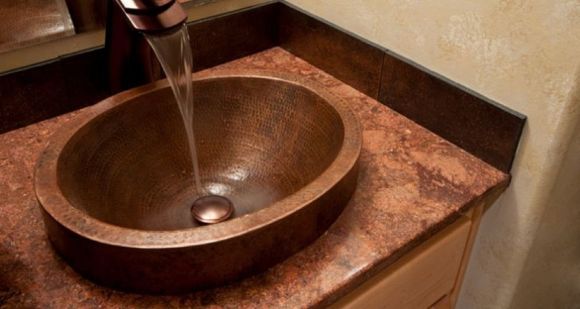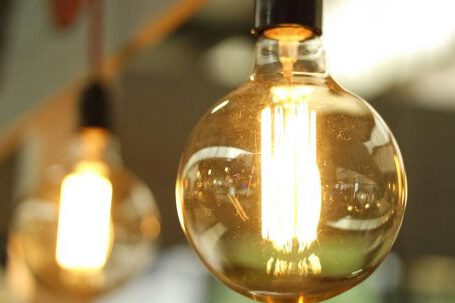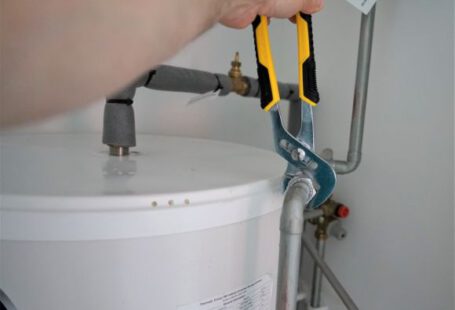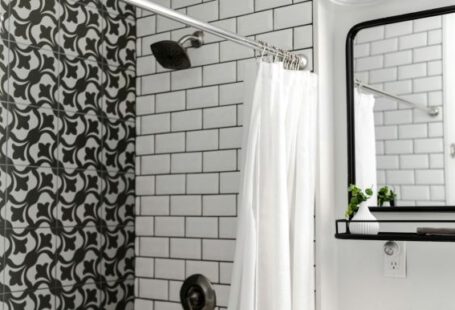Older homes have a charm and character that many people find appealing. However, these homes often come with their fair share of challenges, especially when it comes to meeting modern plumbing codes. Plumbing codes are put in place to ensure the safety and functionality of your home’s plumbing system. In this article, we will discuss some tips and strategies to help you meet plumbing codes in older homes.
Assessing the Existing Plumbing System
The first step in meeting plumbing codes in older homes is to assess the existing plumbing system. This involves inspecting the pipes, fixtures, and connections to identify any potential issues. Look for signs of leaks, corrosion, or outdated materials that may not meet current code requirements. It is essential to address any problems before moving forward with any plumbing upgrades or renovations.
Hiring a Licensed Plumber
When dealing with plumbing in older homes, it is always a good idea to hire a licensed plumber. A professional plumber will have the knowledge and experience to navigate the complexities of older plumbing systems and ensure that any work done meets current code requirements. They will also be able to provide guidance on the best course of action for your specific situation.
Updating Plumbing Fixtures
One of the easiest ways to meet plumbing codes in older homes is by updating plumbing fixtures. This includes replacing outdated faucets, toilets, and showerheads with more water-efficient models. Not only will this help you meet code requirements, but it can also save you money on your water bill in the long run.
Replacing Old Pipes
Older homes often have outdated plumbing pipes that may not meet current code standards. If your pipes are made of materials such as lead or galvanized steel, it is recommended to replace them with newer, safer materials like copper or PEX. This will not only ensure that your plumbing system meets code requirements but also improve the overall reliability and durability of your plumbing system.
Ensuring Proper Ventilation
Proper ventilation is crucial in any plumbing system to prevent the buildup of harmful gases, such as carbon monoxide. In older homes, it is common to find inadequate or outdated ventilation systems. To meet plumbing codes, it may be necessary to install additional vents or upgrade existing ones. This will help ensure the safety and functionality of your plumbing system.
Insulating Pipes
Insulating pipes is another important step in meeting plumbing codes in older homes. Insulation helps prevent heat loss and can protect pipes from freezing in colder climates. Properly insulated pipes also reduce the risk of condensation, which can lead to mold and other moisture-related issues. By insulating your pipes, you can improve energy efficiency and meet code requirements.
Conclusion
Meeting plumbing codes in older homes may require some extra effort and investment, but it is essential for the safety and functionality of your plumbing system. By assessing the existing plumbing system, hiring a licensed plumber, updating fixtures, replacing old pipes, ensuring proper ventilation, and insulating pipes, you can bring your plumbing system up to code and enjoy peace of mind in your older home. Remember, it is always best to consult with a professional plumber to ensure that all work is done correctly and meets the necessary code requirements.



